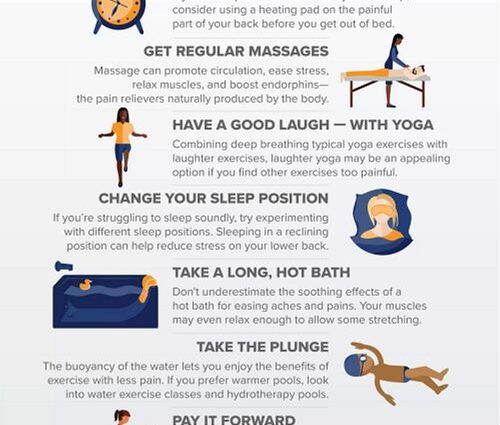Contents
Are you afraid to donate blood? Do you find a needle prick too painful? Hold your breath sharply: this simple technique will definitely help relieve discomfort. However, only if you have time to prepare in advance. If this is not possible for you, try other ways to muffle the pain.
1. Keep a bottle of perfume handy
The pleasant aroma of a sweet perfume can invigorate, in principle, any of us, but it is much more useful for someone who is currently feeling pain. In a study by Canadian neurophysiologists, female volunteers dipped their hands in very hot water, and the procedure was quite painful for them to endure. But they admitted that their pain was lessened by inhaling flower and almond scents. But when they were offered to smell the vinegar, the pain intensified. For some reason, this method turned out to be ineffective in relation to men.
2. Swear
If your first reaction to pain is cursing, don’t be ashamed of it. Psychologists from the University of Keele (UK) found that the subjects tolerated the cold better (their hands were immersed in ice water) when they cursed. Here is one possible explanation: swearing arouses aggression in us, and after that there is a release of adrenaline and norepinephrine, which provide a burst of energy and dull the pain reaction. However, for those who are used to swearing a lot and not on business, this technique will not help.
3. Take a look at the masterpiece
Do you admire Picasso? Do you admire Botticelli? Save a couple of your favorite pictures in your smartphone – maybe one day they will replace your painkillers. Neurologists from the University of Bari (Italy) conducted a rather cruel experiment: using a laser pulse, they caused painful tingling in the hands of the subjects and asked them to look at the pictures. When looking at the masterpieces of Leonardo, Botticelli, Van Gogh, the pain sensations of the participants were one third less intense than when looking at a blank canvas or at canvases that did not evoke strong emotions – this was confirmed by devices measuring the activity of different parts of the brain.
4. Cross your arms
By simply placing one hand on top of the other (but in a way you are not used to), you can make the sensation of pain less intense. The same laser, which was directed to the back of the hands of volunteers by neurologists from University College London, helped to detect this. Scientists believe that the unusual position of the hands confuses the brain and disrupts the processing of the pain signal.
5. Listen to music
It is well known that music can heal a broken heart, but it can also heal physical suffering. The participants in the experiment, who were treated for teeth, were less likely to ask for anesthesia if they watched music videos during the procedure. And it also turned out that cancer patients coped better with postoperative pain if they were played ambient music (electronic music based on sound timbre modulations).
6. Fall in love
Being in love makes the world brighter, food tastes better, and it can also be an excellent anesthesia. Neuroscientists from Stanford University have tested: when a person thinks about the object of his love, pleasure centers are activated in his brain, the very ones that cause a feeling of euphoria when taking cocaine or when winning big in a casino. Just looking at a photograph of a loved one can block pain like opioid analgesics. Do I need to clarify that photographs of pretty, but not sweet people have no effect?
7. Touch the sore spot
It turns out that it’s not in vain that we grab onto a bruised elbow or rub our aching lower back: neuroscientists from University College London have confirmed the fact that touching a sore spot significantly (by 64%!) Reduces pain symptoms. The reason is that the brain perceives the connected parts of the body (for example, the arm and lower back) as one. And the pain, “distributed” over a large area, is no longer felt so intense.
See Pain Medicine, April 2015 for details; Physiology and Behavior, 2002, vol. 76; Neuroreport, 2009, No. 20(12); New Scientist, 2008, #2674, 2001, #2814, 2006, #2561; PLoS One, 2010, No. 5; BBC News, online publication of 24 September 2010.










